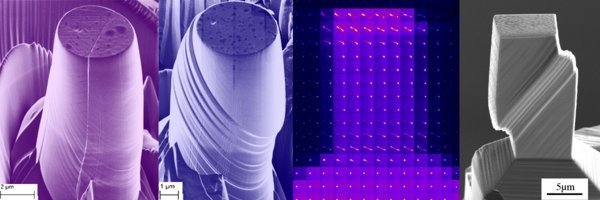Journal Article
Leineweber, A.; Berger, T.; Udyansky, A.; Bugaev, V. N.; Duppel, V.: The incommensurate crystal structure of the Pd
5b
1-z phase; B ordering driven by elastic interaction between B atoms. Zeitschrift für Kristallographie: International Journal for Structural, Physical, and Chemical Aspects of Crystalline Materials
229 (5), pp. 353 - 367 (2014)


